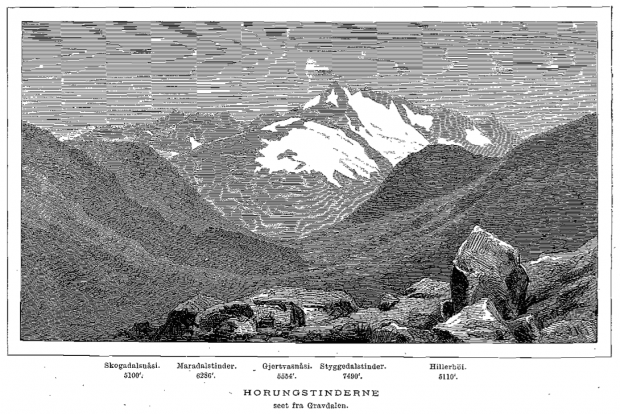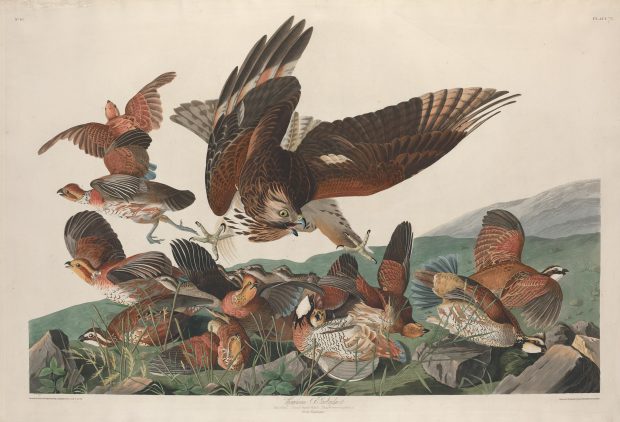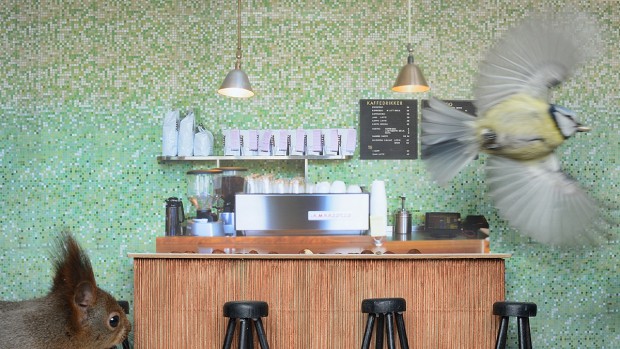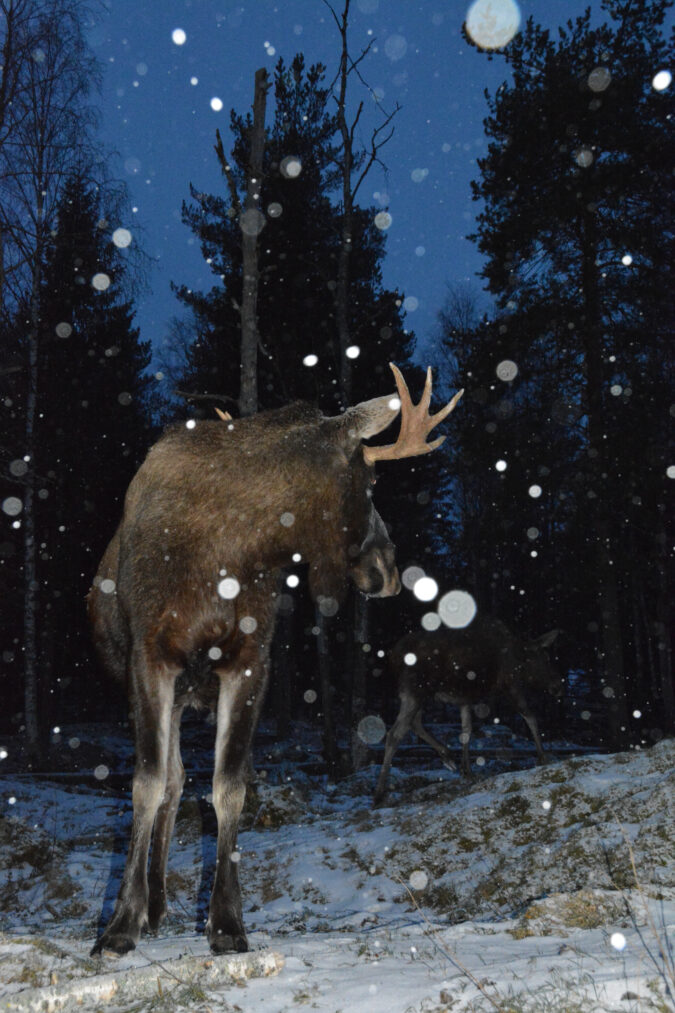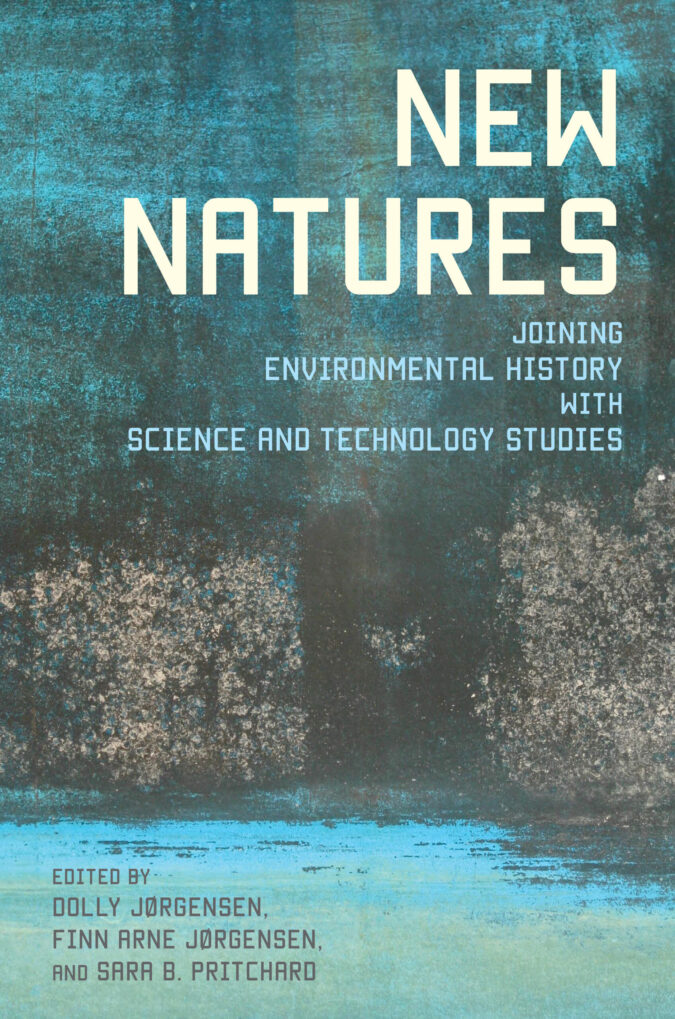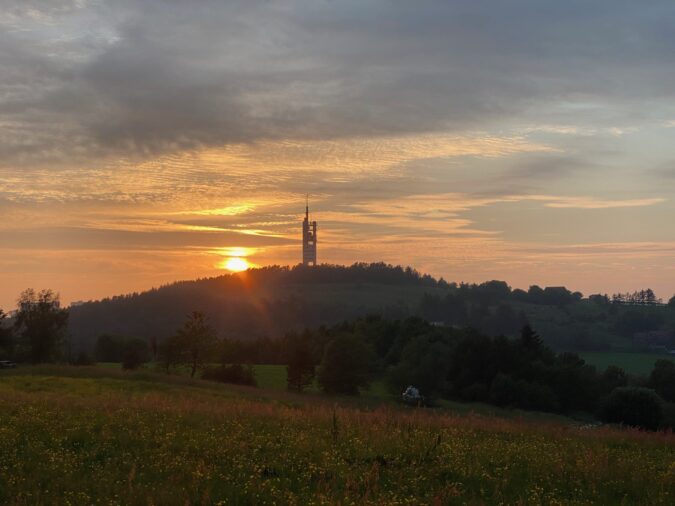In 1866, a circle of largely urban travel enthusiasts embarked on a mission to open up the Norwegian countryside for tourists and travelers alike. They founded the Norwegian Trekking Association, which had as a key premise to not only promote the experience of the authentic nature of Norway, but also to make this experience practically accessible. By paying close attention to the tensions between knowing, sharing, and experiencing wilderness in the activities of the Trekking Association, we can see how wilderness is a concept that has modern transport and information infrastructures at its core. The Trekking Association built a network of footpaths and cabins in remote areas to make nature more convenient in the years following its foundation. This extensive infrastructure allowed travelers to experience nature in a controlled – even standardized – fashion, whether in rural areas, along fjords, in the highlands, in the forests, or in the rugged mountains. At the time, Norway had few urban centers, connected by the sea, by rough roads, and a nascent railroad network. The rest of the country was wild and untamed, or at least so it seemed from the urban perspective. The infrastructures developed by the Trekking Association brought this wild nature in reach of ever-larger groups of Norwegians. The founders of the Norwegian Trekking Association wrote incessantly about the nature they experienced when traveling, the scenic sites they identified, the people they met, and the national identity they extrapolated from the landscapes they traversed. It was in nature and not in the urban they found the sources of a new and authentic Norwegian national identity after 400 years under Danish rule. They wrote the new national identity into being, while simultaneously writing a new nature into being. What’s just as important, they intended their knowledge of nature to be shared, as were the nature experiences they described. Excerpt from Yngvar Nielsen, Reisehaandbog over Norge, 8de omarbeidede og betydelig forøgede udgave (Christiania: Alb. Cammermeyers Forlag, 1896) We can…
This is the second in a two post series on wilderness in the information age, originally published on Ant Spider Bee.
